I love Sardinia and I wrote Nada, a historical thriller, based on my travels and research about the Italian island.
A young woman’s struggle to free herself from the manacles of fascism and the bigotry of faith.
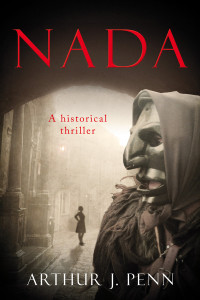 Sardinia, 1934. On her eighteenth birthday Eleanor Cardinale is relishing the warm embrace of local festivals, red wine, and her first lover. Her passion is set against the backdrop of the island’s crystal seas, mountain crags and ancient magical legends.
Sardinia, 1934. On her eighteenth birthday Eleanor Cardinale is relishing the warm embrace of local festivals, red wine, and her first lover. Her passion is set against the backdrop of the island’s crystal seas, mountain crags and ancient magical legends.
But her joy is fleeting, for dark forces gather as she openly challenges her suffocating religion and Mussolini’s twisted vision of a new fascist Italy. The Duce is at the height of his popularity and Eleanor finds herself dangerously alone in her dissent.
Eleanor’s simple Sardinian life is shattered by a series of hideous crimes against her loved ones; savage rape, atrocity and finally murder by masked dancers in the fire and shadows of a demonic festival.
Is Eleanor willing to pay the ultimate price for freedom and independence?
NADA is a story of love, murder and revenge set in a time of Italian fascist expansion and ending in the early days of the Spanish Civil war. A historical novel, for fans of Robert Harris and Louis de Bernieres Corelli’s Mandolin.
Available now in ebook and print format on Amazon. Click the button below to access your store.
Here’s the unboxing video, Oct 2013, when Nada arrived in print. With my daughter, Joanna.
Research for NADA
NADA is my first novel and is a result of my intimate knowledge of Sardinia over many years combined with a love for its ancient stories and festivals.
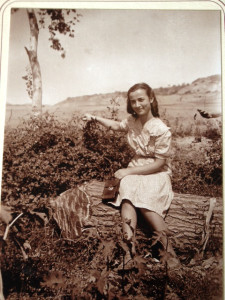
I was compelled to write this novel as I researched the dramatic contrast between the attitudes to women in Sardinia and in Republican Barcelona at the same moment in 1936. The polarity of women’s subservience in fascist Italy and anarchic freedom in socialist Spain provides the extraordinary backdrop to a remarkable journey from innocence to experience.
NADA is a work of fiction set against real historical events and characters. There are the obvious references to Mussolini, his speeches, his brutal war on Abyssinia, the modern Ethiopia, and his abortive campaigns in Spain.
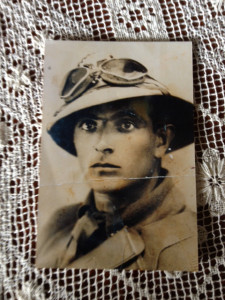
The book explores the world of his elite Black Flames Regiment and the role they played in Mussolini’s expansionism. In particular the story deals accurately with the shocking use of banned chemical weapons by the Italian Army against the Abyssinian troops.
There is however some specific use of real people, living at the time, who played little known roles in the Spanish Civil War. One remarkable woman, Penny Phelps, appears accurately in the story as the indomitable officer in charge of saving the health and lives of the whole Italian Garibaldi Battalion. I wanted to include her heroic and selfless contribution to the Spanish Civil War and to the Free Italian forces especially. Whether she had an Italian nurse called Eleanor working in her hospital we will never know. Other brave women, like Encarnacion, the brilliant and beautiful machine gun commander, are also celebrated; many of whom made the ultimate sacrifice for the Republican cause against fascism.
The Vatican’s support for Mussolini’s fascism in the 1930s was not the church’s finest hour. At the time he, along with Franco, did seem to offer the only way Communism could be stopped. The Catholic Church at this time saw communism as the most dangerous threat to its future existence. Initially even Churchill agreed with the Vatican in his wholehearted support for Mussolini’s crusade against the perceived anti-Christ of Soviet socialism. It must be said that the Vatican did not support Mussolini’s Jewish holocaust, but in the end it was the ordinary Italian people who summoned the courage to destroy the monster their beloved Duce had become.
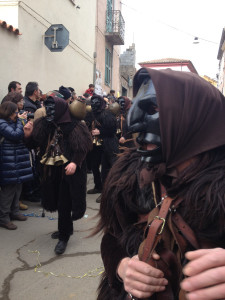
The Mamuthones at the Festival of Antonio in Mamoiada can still be seen a few times a year in January and February at Carnival time. They are still a truly terrifying experience and worth the twisting journey into the mountains to Mamoiada.
Grazia Deledda deserves her own special note. Deledda won the Nobel Prize for Literature in 1926. She is Eleanor’s favourite author and did come from Nuoro although spent most of her life in Rome. Her work deserves to be re-discovered as she lyrically captures the mystical quality of Sardinia, the island of the Nuraghi, like no other.
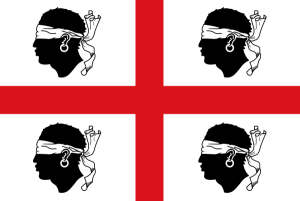
There are numerous references to the flag of Sardinia, the Quattro Mori; the four Moors. This extraordinary flag shows four black, blindfolded, clearly captured Moors set against a red crusader’s cross. They face to the left, the sinistre, the sinister; the Devil. There are more politically correct designs that can be seen in tourist shops in Sardinia today. These new flags have moved the blindfold upwards to make a cool bandanna on each of the four black silhouettes. Can history be so easily changed?
If the spelling of some Italian words does not seem quite right it is because they are in Sardinian. This is the local language of the island and contains influences from both Italian and Catalan languages.
Eleanor’s Falcon can still be seen hunting prey at high speed in the mountains of the Barbagia and was named after the great judge and military commander Eleanor of Arborea who did so much to unite Sardinia and preserve this magnificent bird.
The story ends at the Ibarra Palace at the battle of Guadalajara. Fighting was fierce around the real Palace but it is not known that it was used as a field hospital. This battle, vividly recorded by Hemingway, did include a bizarre and brief Italian Civil War between The Fascist Italian forces and the Free Italians of the Garibaldi Battalion. Mussolini’s elite Black Flames and Arrows were routed by the men and women of the Spanish Republican forces assisted by the extraordinary and heroic International Brigades including the superb “Garibaldis.”